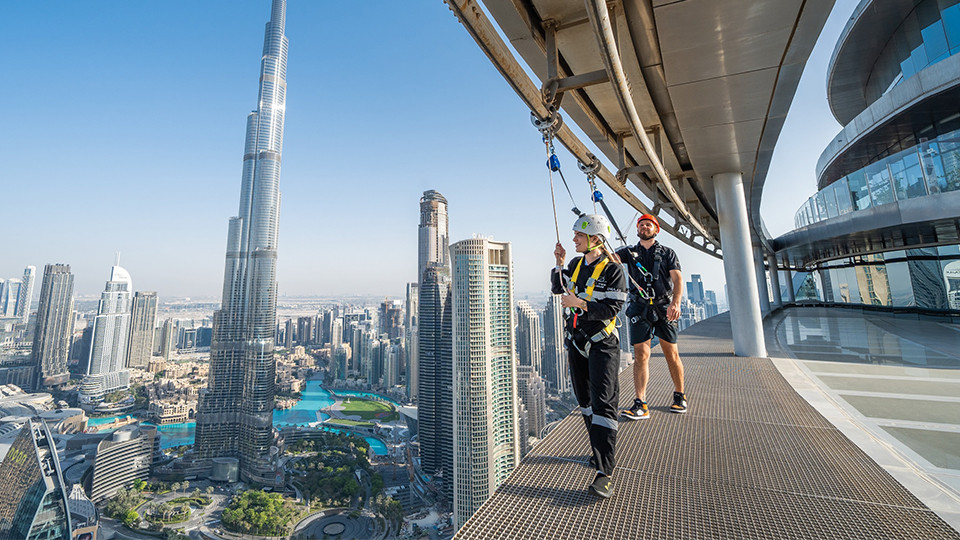United Arab Emirates
In the early 1930s the first oil company teams conducted geological surveys in the UAE. Thirty years later, in 1962, the first cargo of crude oil was exported from Abu Dhabi. With the economy steadily progressing, HH Sheikh Zayed bin Sultan Al Nahyan was chosen as the Ruler of Abu Dhabi in 1966. Under Sheikh Zayed, the steady oil revenues resulted in an infrastructure overhaul with the construction of schools, housing, hospitals and roads throughout Abu Dhabi.
One of Sheikh Zayed’s early actions was to increase contributions to the Trucial States Development Fund, with Abu Dhabi becoming the fund’s largest donor. Meanwhile HH Sheikh Rashid bin Saeed Al Maktoum, the de facto Ruler of Dubai since 1939, replaced pearling revenues by becoming a part of the shipping industry. In 1969, as the Emirate of Dubai began exporting oil, Sheikh Rashid focused his attention on developing programs aimed at improving the quality of life of his people with the new oil revenues. In 1968, with the British announcement of its withdrawal from the Arabian Gulf, Sheikh Zayed stepped into action to quickly establish closer ties among the Emirates. Together with Sheikh Rashid, Sheikh Zayed called for a federation that would include not only the seven Emirates that together made up the Trucial States, but also Qatar and Bahrain.
An agreement was reached between the rulers of six of the Emirates (Abu Dhabi, Dubai, Sharjah, Umm al-Quwain, Fujairah and Ajman), and the federation to be known as the United Arab Emirates was formally established on December 2, 1971. The seventh Emirate, Ra’s al-Khaimah, acceded to the new federation the following year. Qatar and Bahrain were established as separate nations.
Since the formation of the union, the seven Emirates have forged a distinct national identity. The UAE’s political system has been designed to ensure the country’s heritage is maintained, adapted and preserved by combining tradition with a modern administrative structure.
Founded in 1971, the United Arab Emirates is a relatively young country. However, the area’s past can be traced back thousands of years before the modern nation’s founding. The UAE’s rich history is rooted in trade and tied to Islam, which came to the region in 630 C.E. The Emirates’ location between Europe and the Far East attracted merchants from India and China and was prized by Europeans, particularly the Portuguese, Dutch and British.
While Europeans sought control of the coasts, inland, the Bedouin made the sandy deserts of Abu Dhabi and Dubai their home. The town of Abu Dhabi became an important center.
In the 19th century, the British signed a series of agreements with individual Emirates that resulted in an area known as “The Trucial States.” The Emirates agreed not to cede any territory except to the United Kingdom and to refrain from engagement with any foreign government other than the United Kingdom without prior consent from the British. In return, the British promised to protect the coast from all aggression by sea and to provide assistance in the event of an attack by land.
The pearling industry thrived in the 19th and early 20th centuries, providing income and employment to the people of the Gulf. Many inhabitants were semi-nomadic, pearl diving in the summer and tending date gardens in the winter. But the economic depression of the late 1920s and early 1930s coupled with the Japanese invention of the cultured pearl irreparably damaged the pearling industry.



















